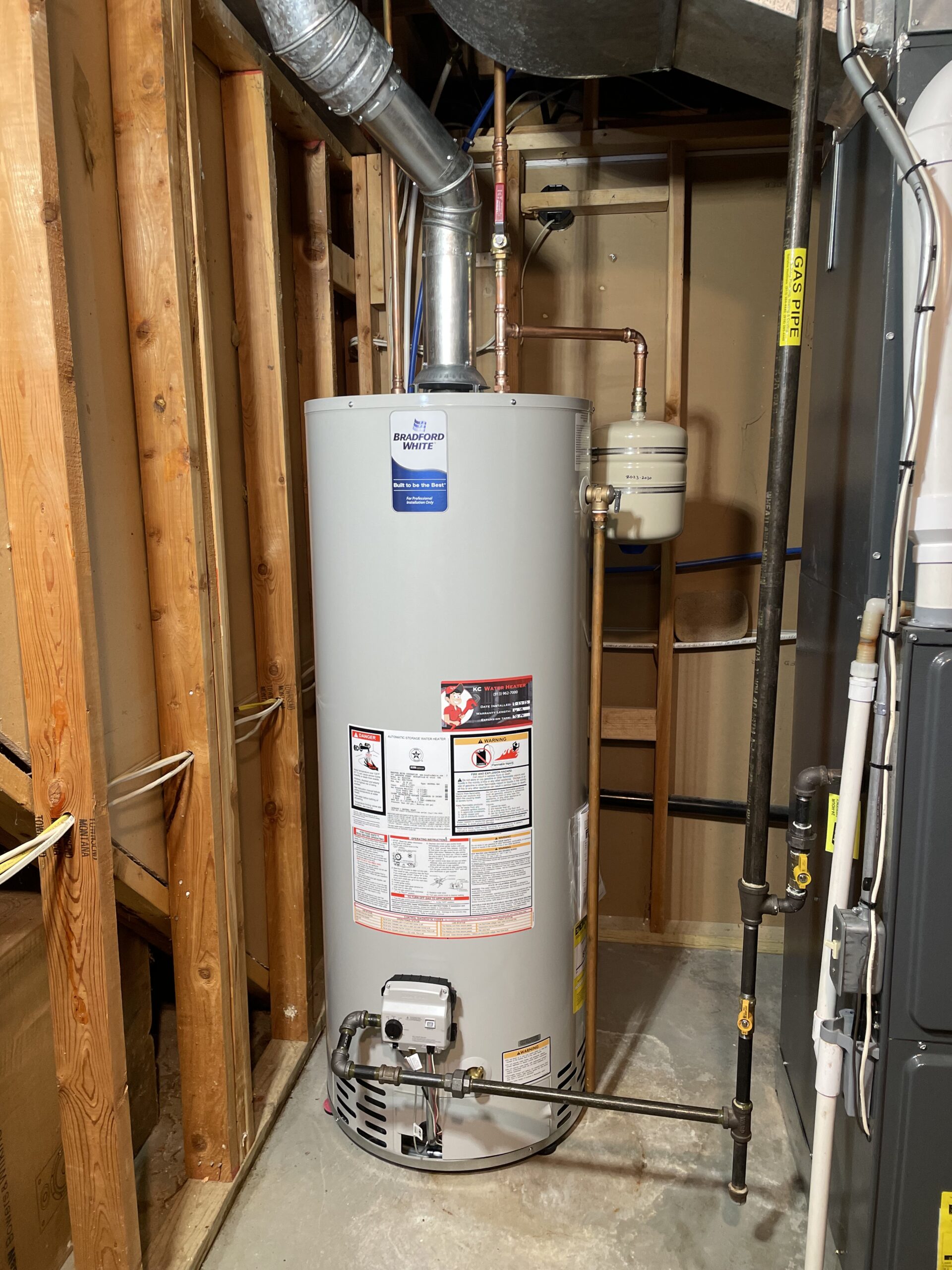Straightforward Methods to Care for Your Home's Hot Water System Properly
Straightforward Methods to Care for Your Home's Hot Water System Properly
Blog Article
Are you interested in answers on What Kind of Maintenance Do Water Heaters Need??

Warm water is essential for daily convenience, whether it's for a rejuvenating shower or washing recipes. To guarantee your hot water system runs efficiently and lasts longer, normal maintenance is key. This write-up supplies useful tips and insights on just how to maintain your home's warm water system to prevent disruptions and pricey repair work.
Intro
Keeping your home's hot water system could appear challenging, yet with a few straightforward steps, you can ensure it runs smoothly for several years to find. This overview covers every little thing from understanding your hot water system to DIY upkeep ideas and knowing when to call expert aid.
Importance of Keeping Your Hot Water System
Routine upkeep not only prolongs the life-span of your hot water system however also guarantees it runs efficiently. Ignoring upkeep can result in reduced efficiency, greater power bills, and even early failing of the system.
Signs Your Warm Water System Needs Upkeep
Recognizing when your warm water system needs interest can stop major issues. Watch out for indicators such as inconsistent water temperature level, weird noises from the heater, or rustic water.
Recognizing Your Warm Water System
Before diving right into upkeep jobs, it's useful to understand the basic elements of your warm water system. Commonly, this consists of the water heater itself, pipes, anode rods, and temperature controls.
Regular Monthly Maintenance Tasks
Regular monthly checks can help catch minor problems before they rise.
Flushing the Hot Water Heater
Purging your hot water heater gets rid of debris build-up, boosting effectiveness and prolonging its life.
Checking and Replacing Anode Rods
Anode rods avoid rust inside the storage tank. Checking and changing them when broken is essential.
Examining and Changing Temperature Settings
Readjusting the temperature level setups makes sure optimum efficiency and security.
Do It Yourself Tips for Maintenance
You can do numerous upkeep tasks yourself to keep your hot water system in leading problem.
Checking for Leakages
Regularly evaluate pipelines and links for leaks, as these can result in water damage and higher bills.
Examining Stress Alleviation Valves
Evaluating the pressure relief valve ensures it operates appropriately and stops extreme pressure buildup.
Shielding Pipelines
Insulating warm water pipelines decreases heat loss and can conserve power.
When to Call an Expert
While DIY maintenance is advantageous, some issues call for expert competence.
Complex Concerns Calling For Specialist Assistance
Instances include major leaks, electrical issues, or if your hot water heater is consistently underperforming.
Routine Professional Upkeep Benefits
Specialist upkeep can consist of detailed inspections, tune-ups, and making certain compliance with safety and security requirements.
Conclusion
Normal upkeep of your home's warm water system is crucial for effectiveness, long life, and expense savings. By following these suggestions and recognizing when to look for professional aid, you can make sure a trustworthy supply of warm water without unanticipated interruptions.
How to Maintain an Instant Hot Water Heater
Before tinkering with your hot water heater, make sure that it’s not powered on. You also have to turn off the main circuit breaker and shut off the main gas line to prevent accidents. Also turn off the water valves connected to your unit to prevent water from flowing into and out of the appliance. 2. When you’re done, you have to detach the purge valves’ caps. These look like the letter “T†and are situated on either side of the water valves. Doing so will release any pressure that has accumulated inside the valves while at the same time avoid hot water from shooting out and burning your skin. 3. When the purge valves’ caps are removed, you have to connect your hosing lines to the valves. Your unit should have come with three hoses but if it didn’t, you can purchase these things from any hardware or home repair shops. You can also get them from retail stores that sell water heating systems. Read the user’s manual and follow it to complete this task properly. When the hosing lines are connected, open the purge port’s valves. 4. You should never use harsh chemical cleaners or solutions when cleaning your unit. Make use of white vinegar instead. It should be undiluted and you’ll probably use about 2 gallons. 5. Now flush your water heater. This task should probably take about 40 minutes. We can’t give you specific directions for this because the procedure is carried out depending on the type, model and brand of your heater. With that being said, refer to the user’s manual. 6. When you’re done draining the unit, you have to turn off the purge port valves again. Remove the hosing lines that you earlier installed on each of the water valves. Put the valve caps (purge port) back in their respective places and be very careful so as not to damage the rubber discs that are found inside these caps. 7. Now that everything’s back in place, check your user’s manual again to find out how to reactivate your water heating system. 8. Once it is working, turn one of your hot water faucets on just to let air pass through the heater’s water supply pipes. Leave the tap on until water flows smoothly out of it. https://www.orrplumbing.com/blog/2014/september/how-to-maintain-an-instant-hot-water-heater/

Hopefully you enjoyed our section about What Kind of Maintenance Do Water Heaters Need?. Thanks so much for taking a few minutes to read our blog. Liked our article? Please share it. Let someone else check it out. We thank you for your readership.
View More Report this page